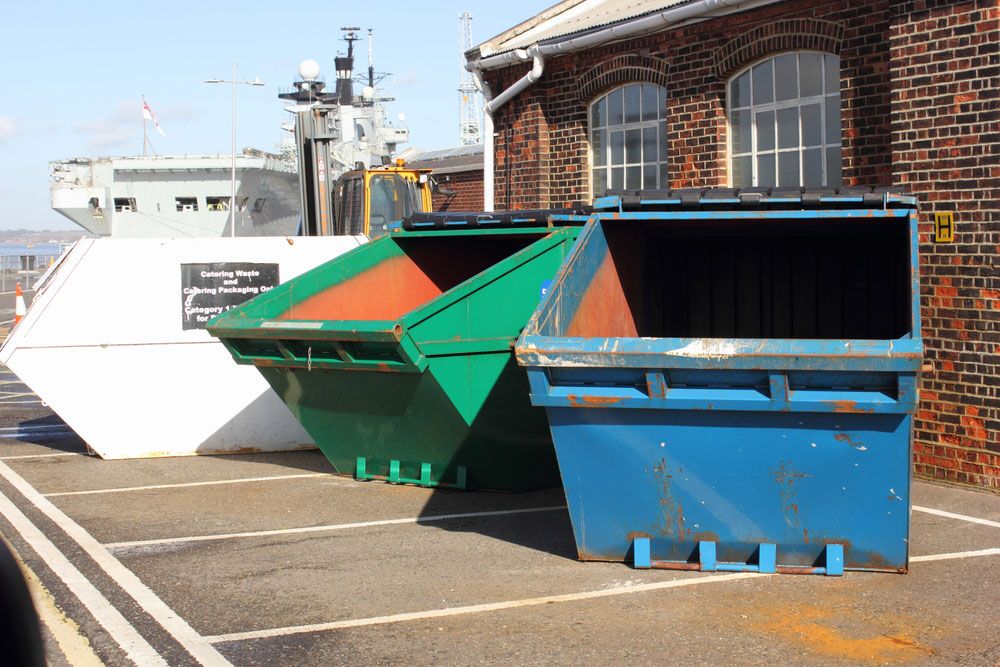
How a Commercial Compactor Complements Waste Removal
Within the modern world of hazardous waste disposal and transportation, saving costs and following environmentally-friendly procedures are two top priorities. When opportunities arise to kill two metaphorical birds with one stone and benefit both these areas at once, project and waste managers generally jump at the chance.
At Enviro Care, we’re here to tell you about one item that might help you significantly lower both your carbon footprint and your waste budget in one fell swoop: A commercial compactor. A device that can significantly reduce the amount of waste you deal with in green, sustainable ways, a compactor can help with everything from waste deduction to checking container fullness for maximization purposes. Let’s go over the basics you need to know about these commercial compactors, and how they supplement our hazardous waste collection and disposal services.
Compactor Basics
A commercial compactor is a relatively simple piece of equipment that can be found in more and more industrial spaces these days. While their exact rates differ, the average compactor can provide you with a three-to-one compaction ratio – this means that the amount of waste that used to make up three separate hauls from our pros can now be fit into a single haul (if the materials are the same, of course).
That isn’t the only benefit of these compactors, either. Many modern versions are outfitted with monitors that connect to Wi-Fi or Bluetooth, allowing you to regularly check in on the fullness of the compactor to ensure you’re fitting as much waste as possible in. This kind of data helps you eliminate wasted space that costs you money and does no good for the environment.
Types of Compactors
There are two primary types of commercial compactor: Self-contained and stationary. Both are available in a wide range of sizes and both perform similar duties, but the primary differences are found in the kinds of waste they take in and the parts of the box that are or aren’t hauled away at pickup time. Some basics on self-contained compactors:
- Available for both wet and dry waste
- Haul the entire compactor unit to the landfill
- Retains liquids, controls odor and saves storage space, all while discouraging theft and reducing cost
- Commonly used outside restaurants, hotels, hospitals, grocery stores, malls and more
And some simple facts on stationary compactors:
- Only available for dry waste
- The receiver box is disconnected and hauled to the waste facility while the rest remains
- Can handle tough-to-compact materials, plus comes with limited carbon footprint and saves space while reducing costs
- Commonly found outside retail stores, manufacturing buildings, distribution centers and other industrial areas.
To choose the right compactor for you, analyze your waste stream and finances based on the basics above.
For more on commercial compactors, or to learn about any of our hazmat collection or transportation services, speak to the staff at Enviro Care today.
